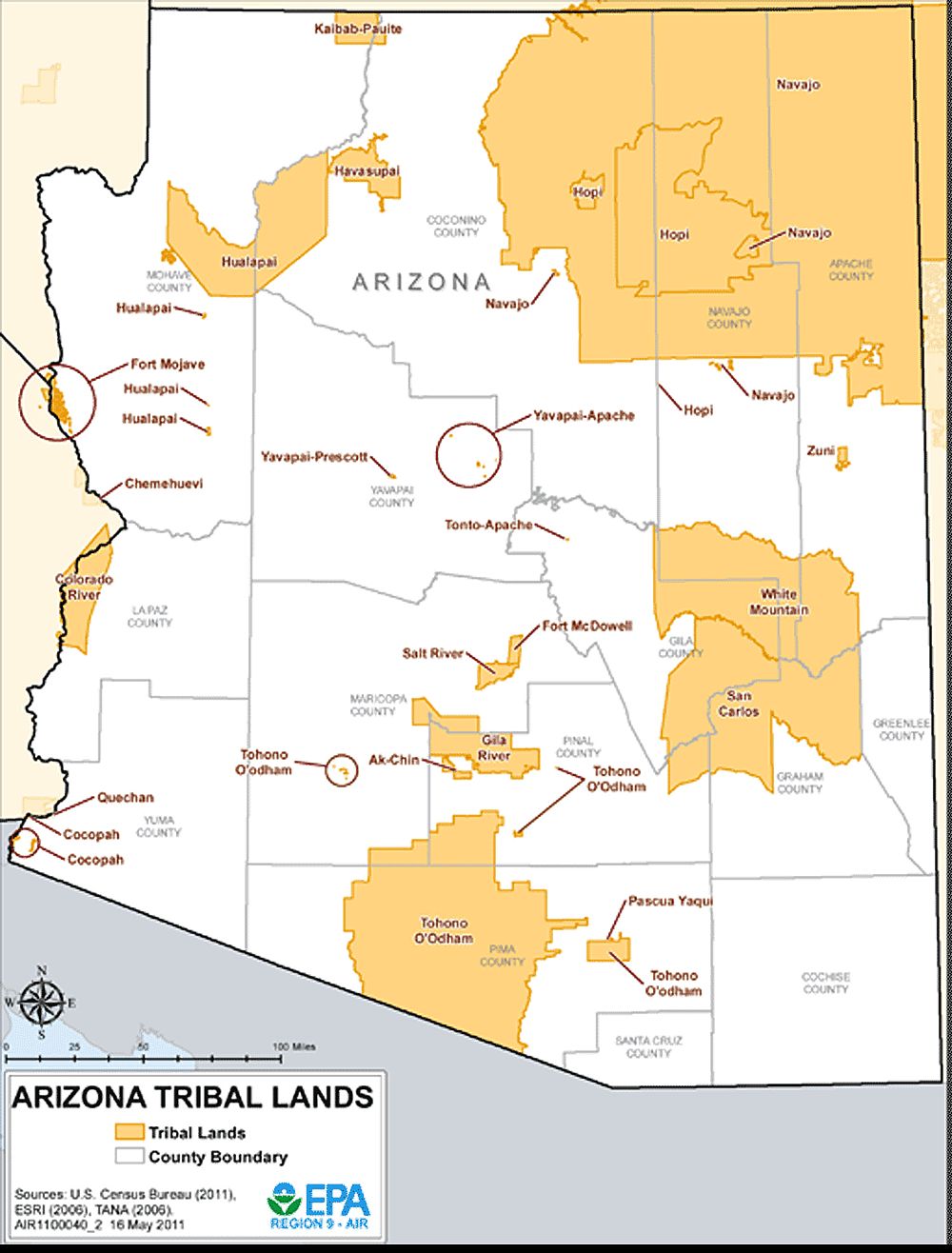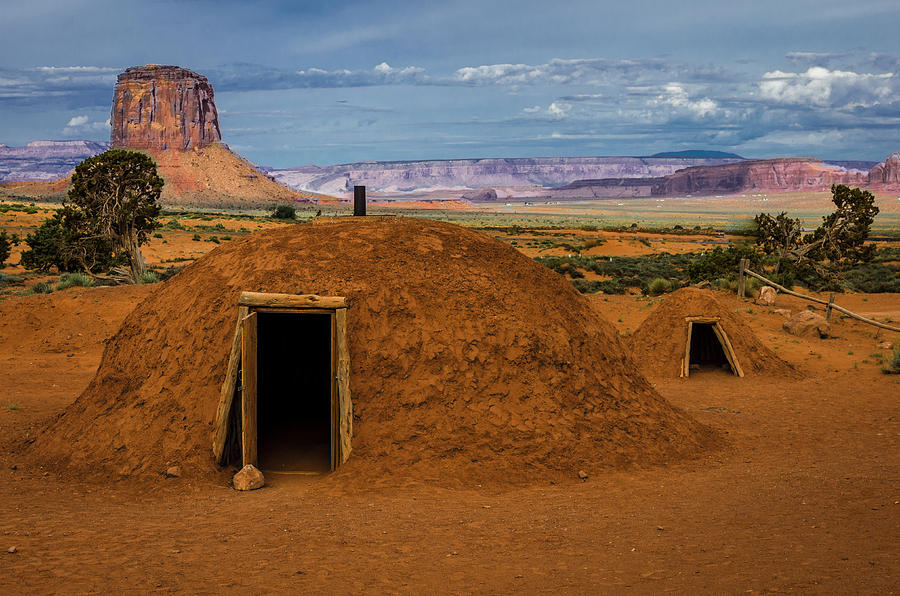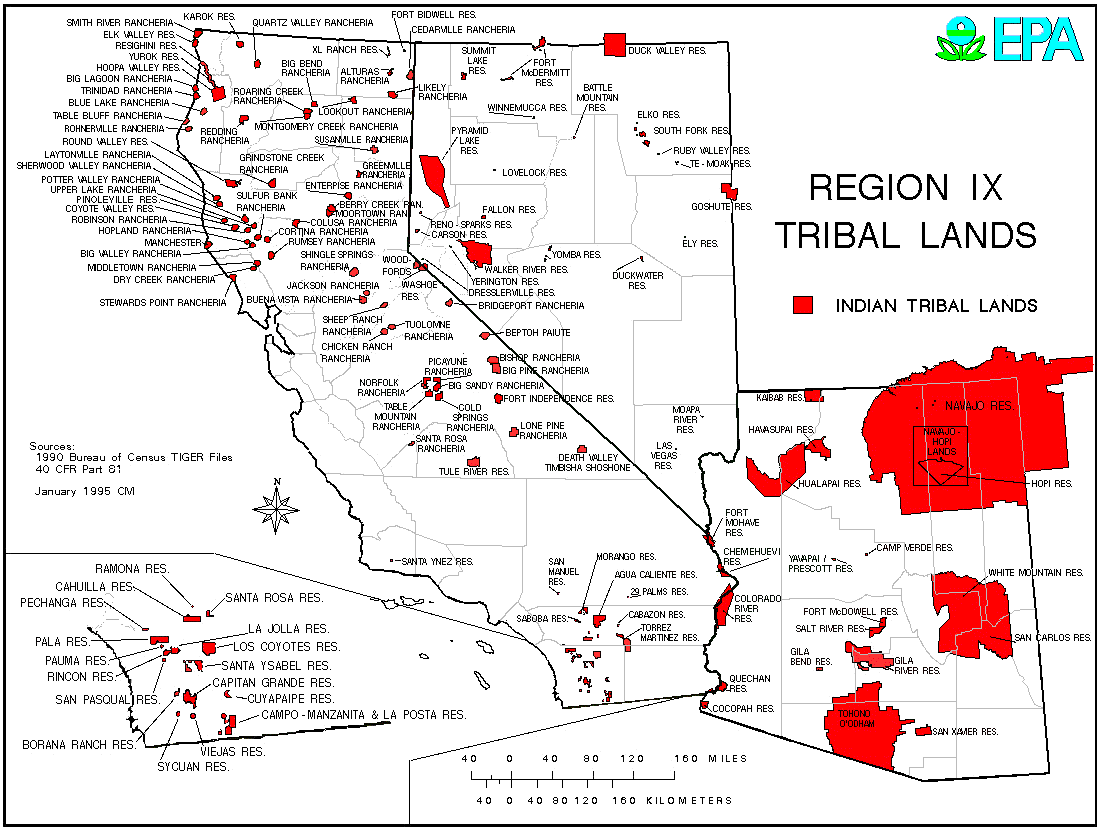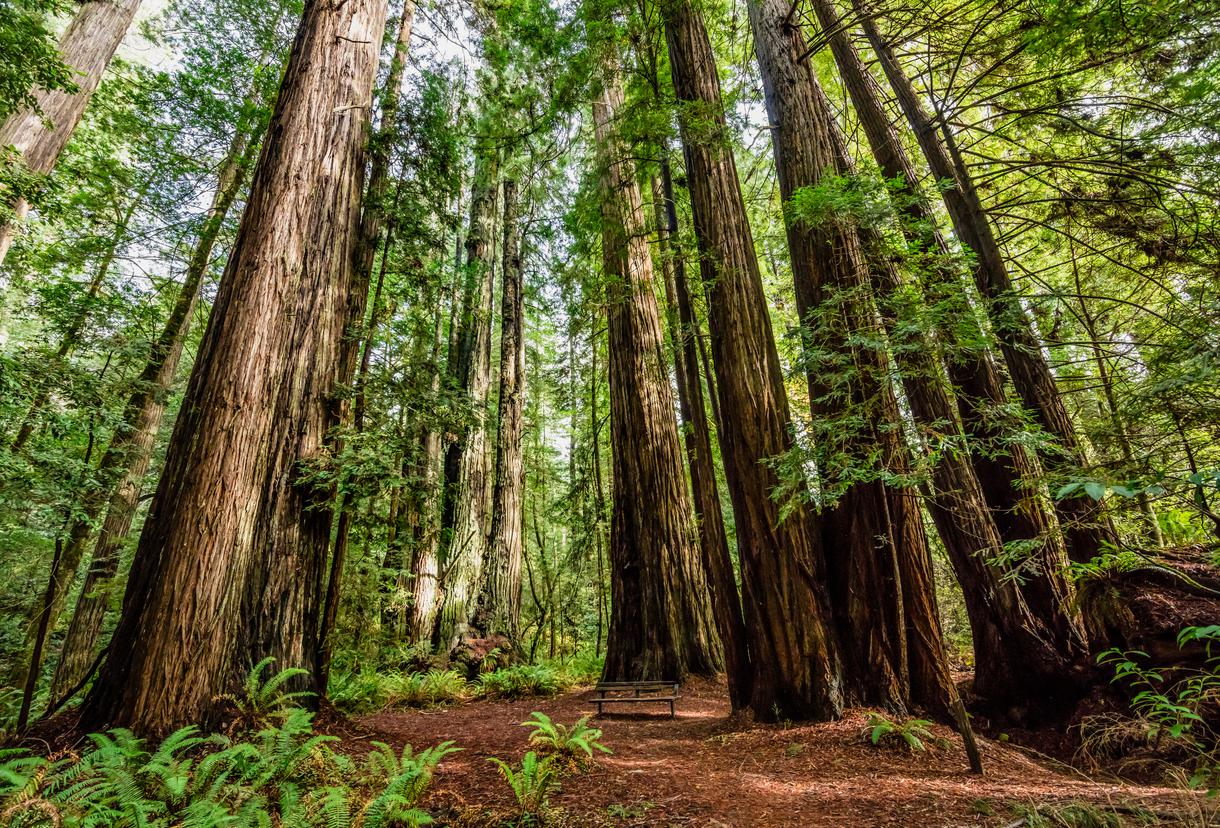Arizona’s Indigenous Tapestry: Exploring the State’s Vibrant Reservations
Arizona’s Indigenous Tapestry: Exploring the State’s Vibrant Reservations

Arizona, a state known for its scorching deserts, majestic mountains, and vibrant history, is also home to a rich tapestry of Native American cultures. Scattered across the state are 22 federally recognized tribes, each with its own unique traditions, languages, and stories. But which reservations call Arizona home? Let’s embark on a journey to explore some of the fascinating communities that make up this diverse landscape.
From the Grand Canyon’s Rim to the Sonoran Desert’s Heart
Related Articles: Arizona’s Indigenous Tapestry: Exploring the State’s Vibrant Reservations
- Unveiling the Enchanting World of Major Indian Tribes in North America
- Unveiling the Treasures of Native American Reservations in Colorado
- The Land Of The Navajo: Unpacking The Largest Reservation In The US
- Finding Your Nearest Tribe: A Guide To Indian Reservations Near You
- Unveiling the Hidden Gems of Florida's Indian Reservations
The Navajo Nation, the largest reservation in the United States, dominates the northeastern corner of Arizona. Stretching across 27,000 square miles, this vast territory encompasses breathtaking landscapes ranging from towering red rock formations to sprawling mesas. The Navajo people, known for their intricate weaving, silverwork, and storytelling, have long been stewards of this land, preserving their ancestral traditions and way of life.
Further south, in the heart of the Sonoran Desert, lies the Tohono O’odham Nation. This tribe, known for its connection to the desert and its unique agricultural practices, has a deep history that stretches back centuries. Their reservation, spanning over 2.8 million acres, encompasses a diverse range of ecosystems, from the rugged mountains of the Baboquivari Mountains to the vast expanse of the Sonoran Desert.
A Glimpse into History and Culture
The Hopi Tribe, nestled within the Navajo Nation, is renowned for its ancient villages built on mesa tops, a testament to their resilience and adaptability. Their traditional homes, known as "kivas," are sacred spaces where ceremonies and rituals are performed, connecting them to their ancestral spirits.
The Yavapai-Apache Nation, located in central Arizona, has a rich history of resistance and resilience. Their reservation, encompassing the Verde Valley and the Bradshaw Mountains, is a testament to their ability to thrive in challenging environments. Their culture is deeply intertwined with the land, and they are known for their distinctive pottery, basketry, and beadwork.
Beyond the Well-Known
While these are some of the most well-known tribes in Arizona, the state is home to many other fascinating communities. The Hualapai Tribe, known for their breathtaking Grand Canyon Skywalk, has a deep connection to the natural world and their ancestral lands. The Fort Mojave Tribe, located along the Colorado River, is known for its unique blend of Native American and Spanish influences.
A Legacy of Resilience

The Native American reservations in Arizona are not just geographical entities but vibrant communities with rich histories and cultures. They are testaments to the resilience and adaptability of indigenous peoples in the face of hardship and change.
The Importance of Respect and Understanding
As we explore these reservations, it’s crucial to approach them with respect and understanding. Remember that these are sovereign nations with their own laws, customs, and traditions. It’s essential to be mindful of cultural sensitivities and to seek permission before taking photographs or engaging in any activities that may be considered intrusive.
Respecting the Sacred
Many sacred sites and cultural practices are deeply intertwined with the land and are considered sacred by the tribes. It’s essential to be aware of these sensitivities and to refrain from entering restricted areas or engaging in activities that may be disrespectful to their beliefs.

Supporting Indigenous Communities
We can all play a role in supporting Native American communities in Arizona. By visiting their cultural centers, museums, and art galleries, we can learn about their history, traditions, and contemporary art. We can also support local businesses owned by Native Americans and contribute to organizations that advocate for their rights and well-being.
FAQs: Unraveling the Mysteries of Arizona’s Reservations
Q: How many Native American reservations are there in Arizona?
A: Arizona is home to 22 federally recognized tribes, each with its own reservation.

Q: What is the largest reservation in Arizona?
A: The largest reservation in Arizona, and the United States, is the Navajo Nation, covering over 27,000 square miles.
Q: What are some of the most popular tourist attractions on reservations in Arizona?
A: Some popular tourist attractions include the Grand Canyon Skywalk (Hualapai Tribe), the Heard Museum (Phoenix, showcasing Native American art and culture), and the Tohono O’odham Nation’s Desert Diamond Casinos.
Q: How can I learn more about the history and culture of Native American tribes in Arizona?
A: There are many resources available to learn more, including tribal websites, museums, cultural centers, and books. You can also attend events and festivals organized by the tribes themselves.
Q: What is the best way to show respect for Native American culture and traditions?
A: Respecting the traditions and customs of Native American tribes is essential. This means being mindful of sacred sites, seeking permission before taking photographs, and avoiding any behavior that may be considered disrespectful.
Q: How can I support Native American communities in Arizona?
A: You can support Native American communities by visiting their businesses, attending their events, donating to organizations that advocate for their rights, and learning more about their history and culture.
A Journey of Discovery
Exploring the Native American reservations in Arizona is a journey of discovery, offering a glimpse into the rich history, culture, and resilience of the indigenous peoples who have called this land home for centuries. By approaching these communities with respect, understanding, and a genuine desire to learn, we can foster a deeper appreciation for the vibrant tapestry of Arizona’s indigenous heritage.

Closure
Thus, we hope this article has provided valuable insights into Arizona’s Indigenous Tapestry: Exploring the State’s Vibrant Reservations. We thank you for taking the time to read this article. See you in our next article!

